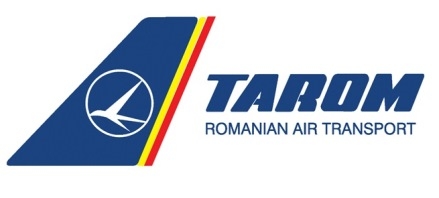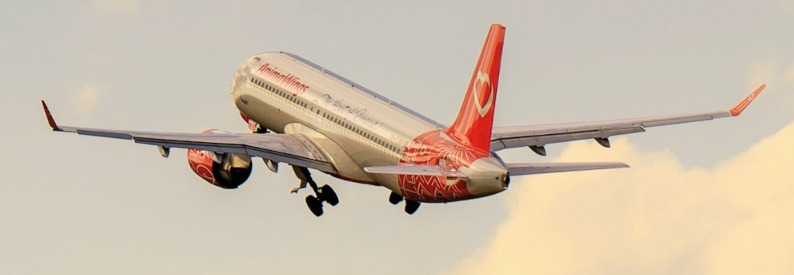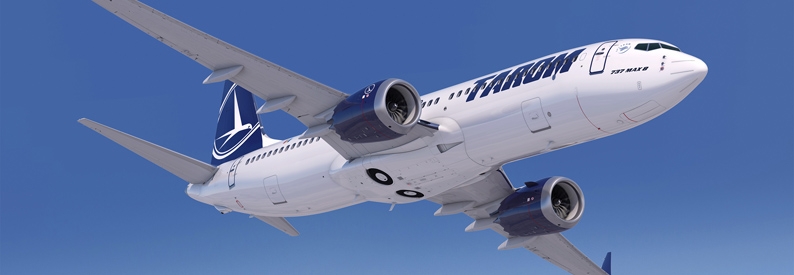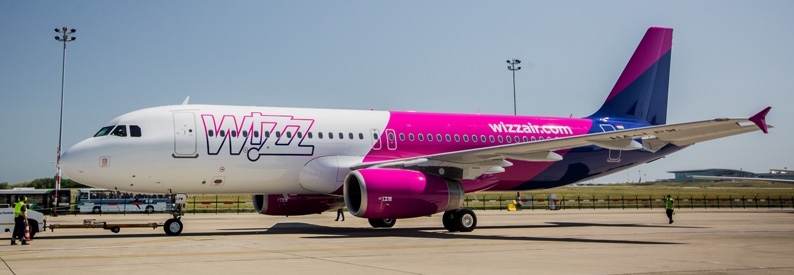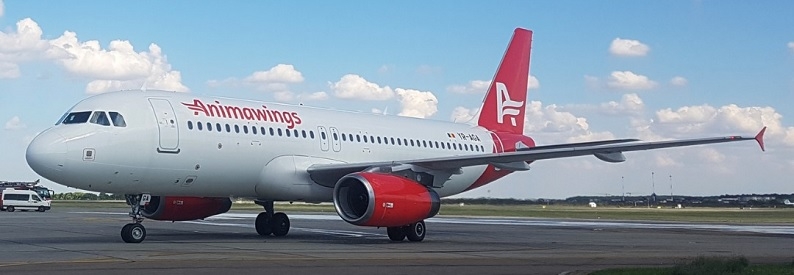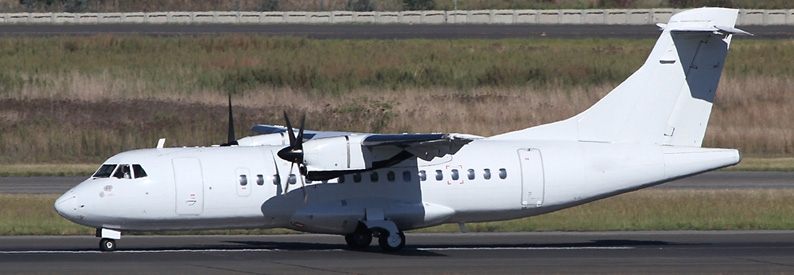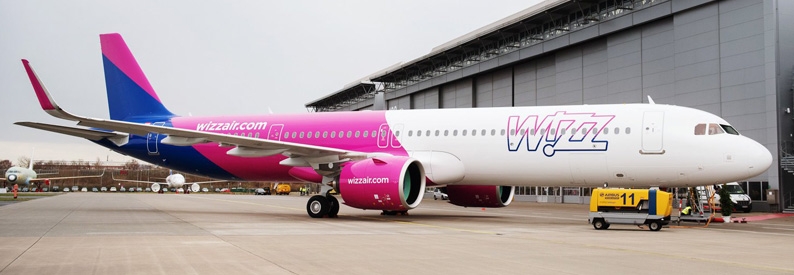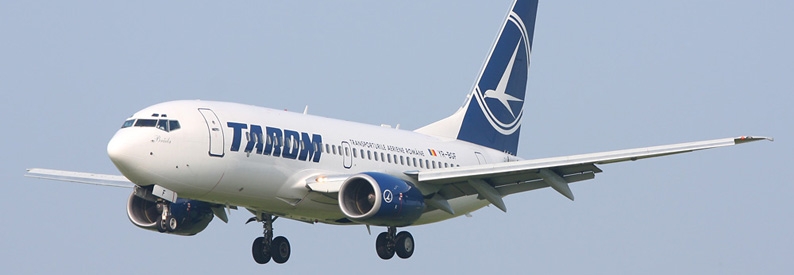Cash-strapped Romanian state-owned carrier TAROM (RO, Bucharest Henri Coanda) is to ask for another RON924 leu million/EUR191 million (USD224.5 million) in state aid to finance 50% of its five-year restructuring programme.
Romania's Bursa newspaper reports the airline’s board approved a memorandum to this effect, which was on the agenda at a government meeting on November 5, 2020.
The restructuring plan - the other half of which the airline would finance from own resources - included fleet renewal; commercial optimisation, including route reviews, auxiliary revenue generation, and pricing strategies; and generating additional revenue through ancillary services.
The restructuring plan and request for state aid would be submitted to the European Commission for approval.
The Commission on October 5 already announced it had approved a loan guarantee of up to EUR19.3 million (USD22.7 million) for Tarom. The measure aimed to compensate the airline for losses caused by the COVID-19 outbreak in the period between March 16, 2020, and June 30, 2020, when it had to cancel most of its scheduled flights resulting in major losses in turnover.
Under EU State aid rules, the Commission in February already approved a temporary rescue loan of about RON176 million (USD43.2 million) by the Romanian government to Tarom after the airline faced an acute liquidity crisis due to a steep increase in operating costs generated by its ageing fleet over the last years.
The February loan was to cover Tarom's liquidity needs over six months between March and August 2020. Romania committed to ensure that, after six months, the loan would be fully repaid, or Tarom would either submit a liquidation plan or carry out a comprehensive restructuring in order to become viable in the long-term. Such restructuring would be subject to the Commission's assessment and approval.
Under EU rules, member states may provide rescue aid to companies for a maximum of six months to give a company time to work out solutions in an emergency situation. The Commission at the time found the measure would help ensure the orderly continuation of flight services and maintain regional connectivity on numerous routes where Tarom was the sole air service provider.
However, the aviation crisis sparked by COVID-19 saw the state funding being used to cover losses sustained as a result of the pandemic, and not to balance the carrier’s cash flow as had been planned.
The airline had been in financial trouble before COVID-19. Its losses tripled from RON62.9 million (USD15.2 million) in 2015 to RON188.7 million (USD45.8 million) in 2018, with an additional loss of RON174.2 million (USD42.3 million) in 2019.
An analysis of the airline’s performance by PriceWaterhouseCoopers, appointed to restructure the airline, recommended that state aid was the only viable solution for recovery and restructuring.
The study identified the main contributing factors to the airline’s negative financial performance as follows: an obsolete fleet, lack of route optimisation, staffing costs, internal operational inefficiencies, fuel costs, fleet costs (depreciation and leasing rates), rising airport charges, maintenance and repair costs, costs associated with handling operations, and the impact of the COVID-19 pandemic.
According to the ch-aviation Commercial Aviation Aircraft Data module, Tarom operates a fleet of 16 aircraft, including seven ATR42-500s, two ATR72-500, four B737-300s, four B737-700s, and four B737-800s. As at September 30, 2020, it had five B737-8s on order.
- Type
- Base
- Aircraft
- Destinations
- Routes
- Daily Flights
